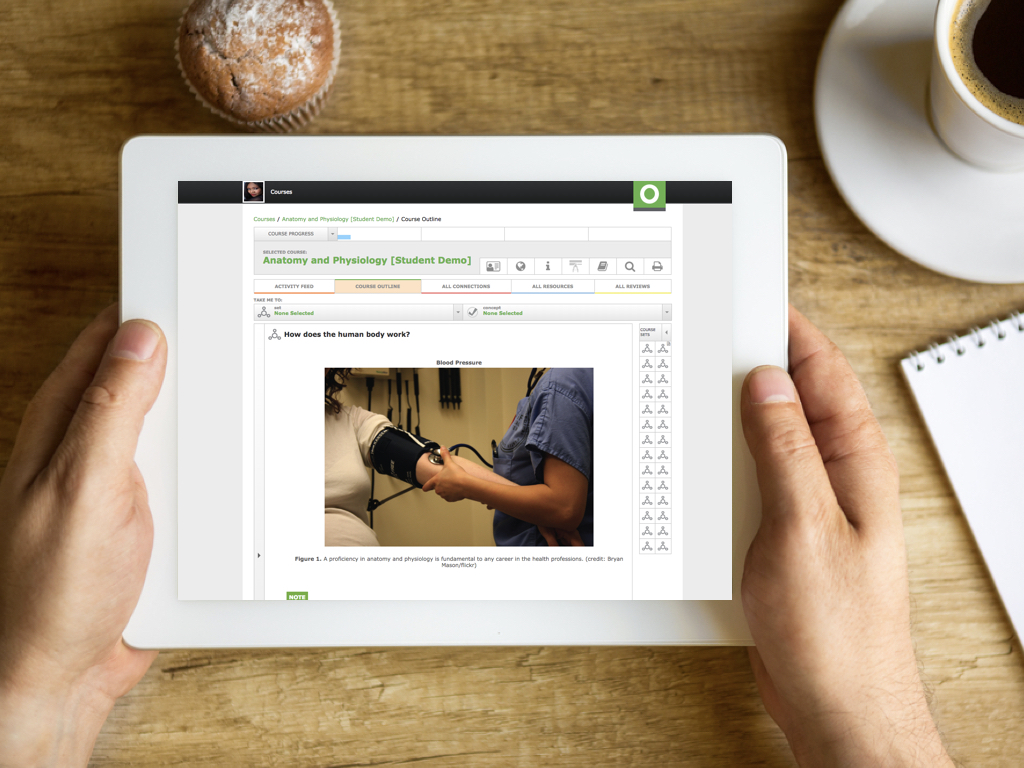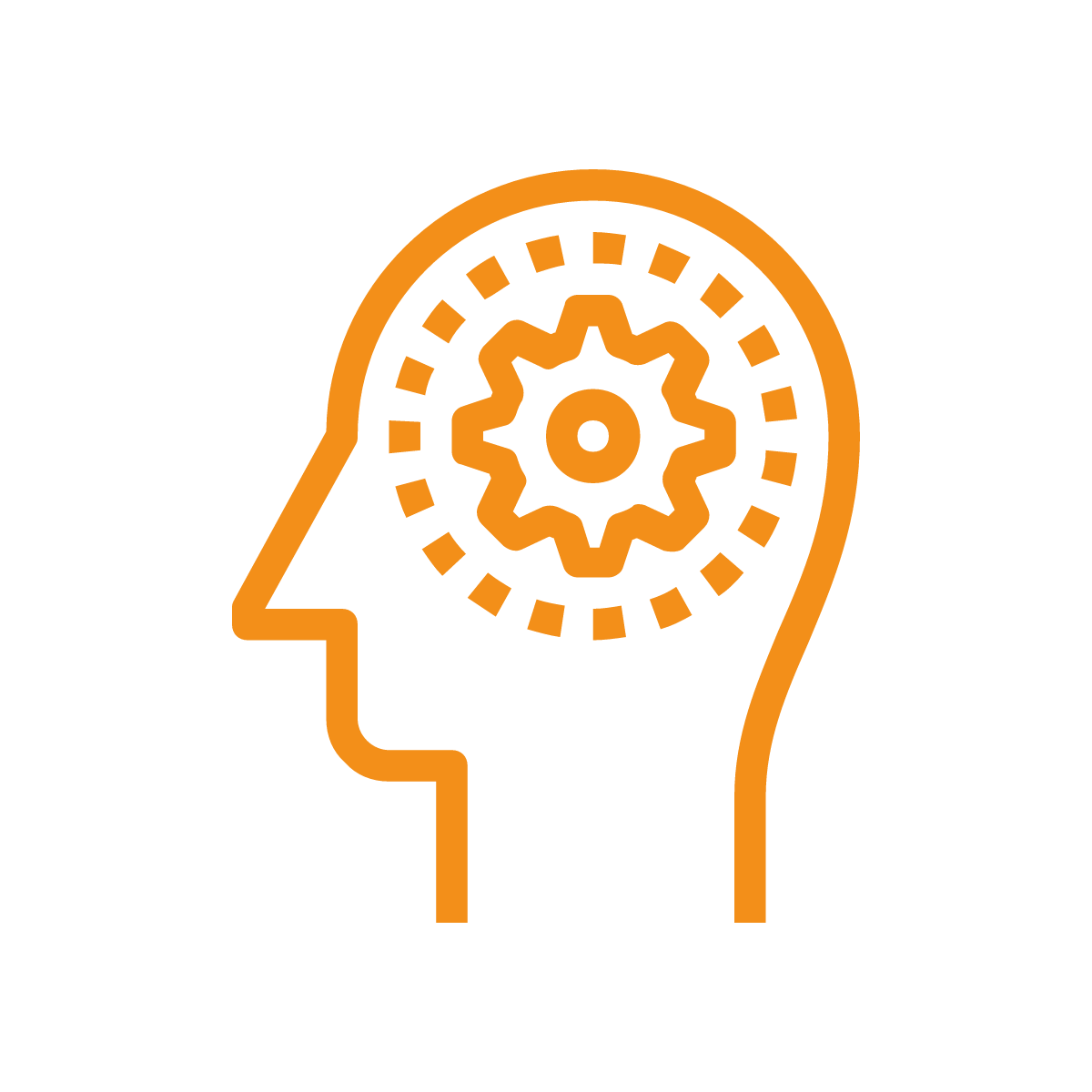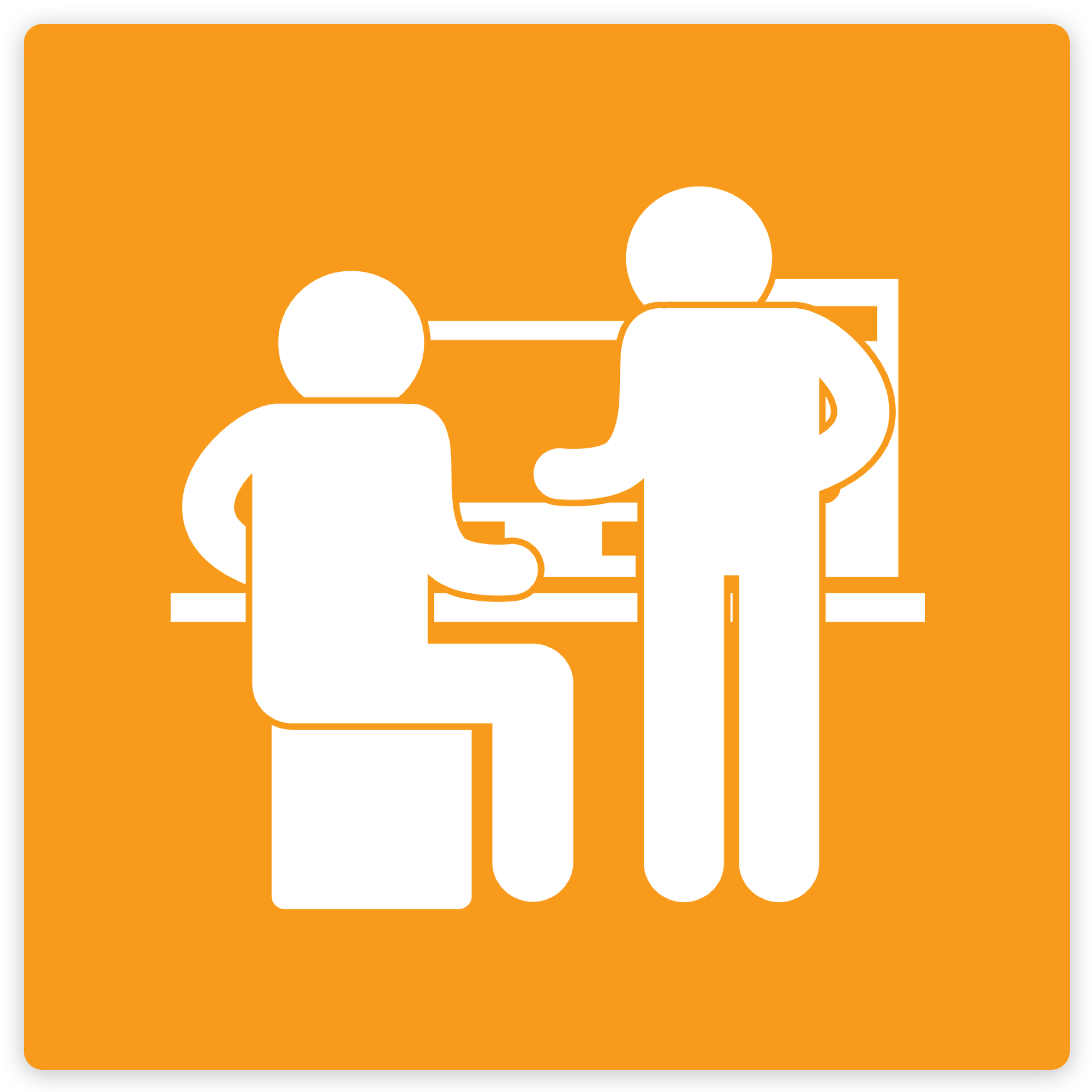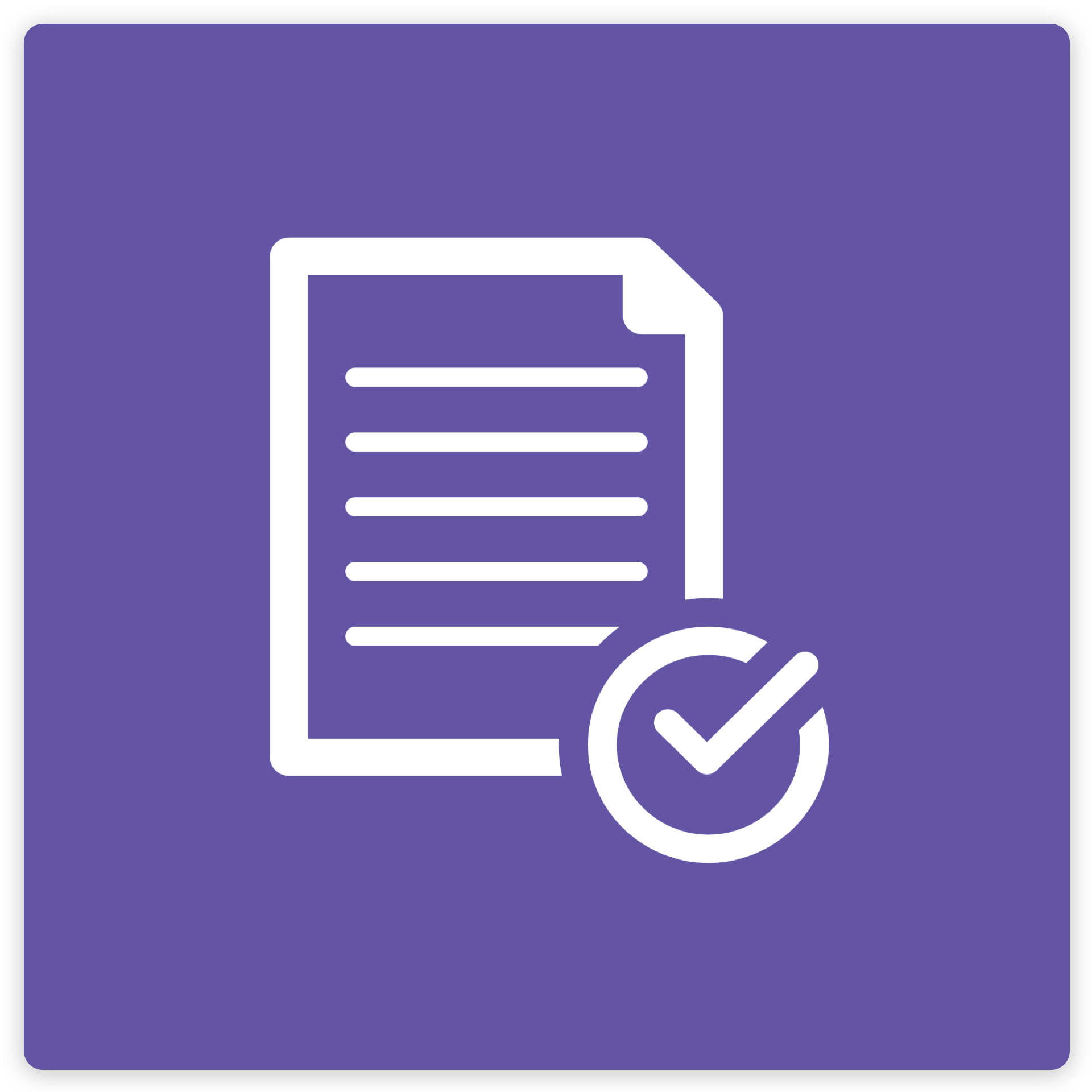
Algebra & Trigonometry
This comprehensive course, combined with the easy-to-use teaching and learning tools in Odigia’s leading learner engagement platform, has everything you need to track, assess, engage, and collaborate with your students. This course comes with content and pre-built assessment questions which can be easily customized or used as-is. Our advanced math editor includes the ability for dynamic and unique variations of questions, as well as the option to customize or create additional practice, quiz, or test questions.
This course includes:

1,898
dynamic, multi-version questions
Helping Teachers Do What They Do Best: Teach

Customize
Use our courses as is or easily customize them to fit your teaching style and the needs of your students. You can add your favorite resources, hide and show our existing content and pre-built assessments, or make them your own. Everything your students need, in one place!

Engage and Collaborate
Odigia combines learning materials, discussions, and tools to create a familiar social experience for students allowing you to easily connect and redirect students attention.

Track
See how much time students are spending on different areas of the course, which areas are creating the most amount of engagement and identify topics the students are struggling with. Flag and provide feedback on assignments to proactively meet individual students’ needs.

Assess
Game theory allows students to monitor their progress visually and motivates them to stay on track. Students can see exactly what activities they need to complete, which ones have been flagged and compare their progress against the overall class.
Algebra and Trigonometry Course Outline
Concepts Covered: Concepts Covered: Concepts Covered: Concepts Covered: Concepts Covered: Concepts Covered: Concepts Covered: Concepts Covered: Concepts Covered: Concepts Covered: Concepts Covered: Concepts Covered: Concepts Covered:What are the prerequisite to algebra and trigonometry?
How do equations relate to inequalities?
What are functions?
What are linear functions?
How are polynomials related to rational functions?
What are exponential and logarithmic functions?
What is the difference between sine and cosine functions?
What are periodic functions?
How do trigonometric identities affect equations?
What else is there in trigonometry?
How do the systems of equations and inequalities operate?
What is analytic geometry?
How do sequences, probability, and counting theory relate to each other?
Algebra and Trigonometry provides a comprehensive exploration of algebraic principles and meets scope and sequence requirements for a typical introductory algebra and trigonometry course. The modular approach and the richness of content ensure that the book meets the needs of a variety of courses. Algebra and Trigonometry offers a wealth of examples with detailed, conceptual explanations, building a strong foundation in the material before asking students to apply what they’ve learned.
About the authors:
Senior Contributing Authors
Jay Abramson, Arizona State University
Contributing Authors
Valeree Falduto, Palm Beach State College
Rachael Gross, Towson University
David Lippman, Pierce College
Melonie Rasmussen, Pierce College
Christina Fernandez
Harold Whipple, Formerly of Columbia College
Jean-Marie Magnier, Springfield Technical Community College
Rick Norwood, East Tennessee State University
Nicholas Belloit, Florida State College at Jacksonville
Assessment Question Author
Dr. Angela Everett
Professor of Mathematics
Chattanooga State Community College

